The history of the spice trade
Embark on a flavorful journey through time as we explore the fascinating history of spices. From ancient markets to modern kitchens, spices have played a crucial role in shaping cuisines and cultures worldwide. These aromatic treasures have been more than mere ingredients; they’ve been the catalysts for exploration, trade, and even wars. So, let’s dive into the vibrant world of spices and uncover their incredible stories.
The Origins of Spice: From Ancient Times to Modern Kitchens
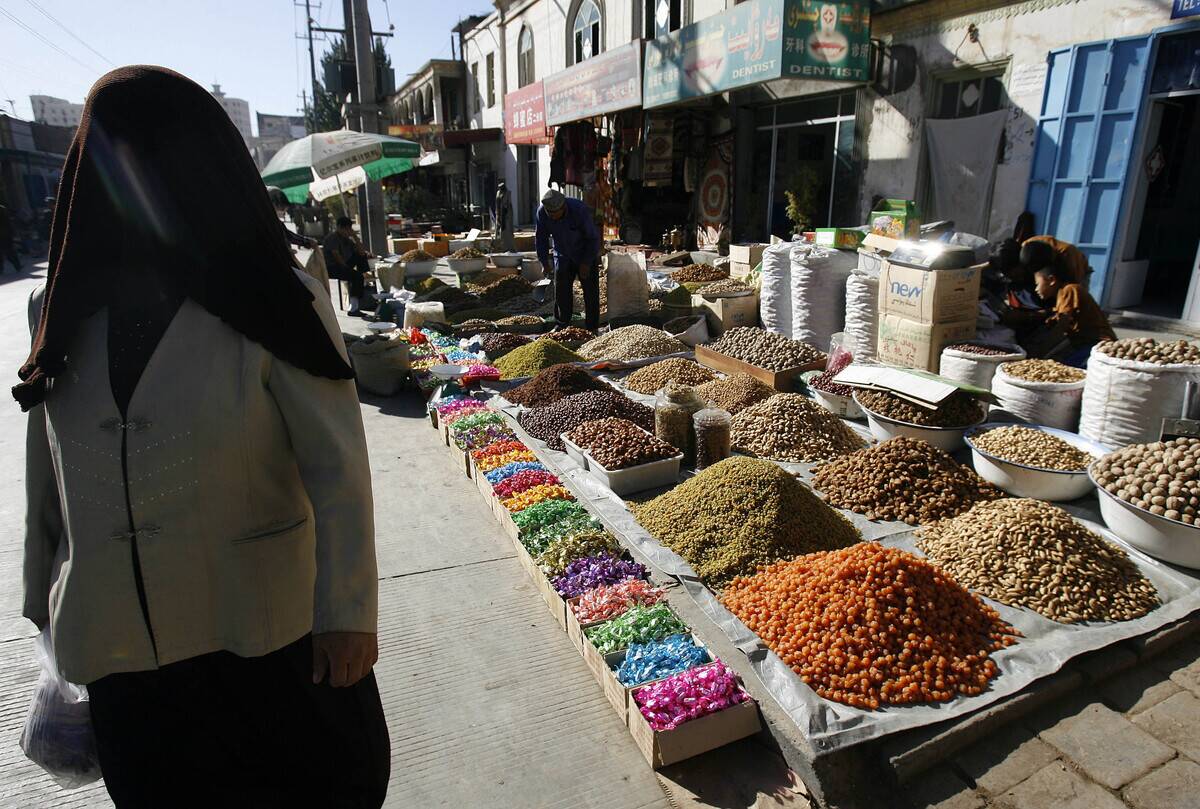
The origins of spices trace back to ancient civilizations, where they were highly prized for their flavor, aroma, and medicinal properties. Archaeological evidence suggests that as early as 2000 BCE, ancient Egyptians used spices like cinnamon and cumin in embalming rituals. Fast forward to today, our kitchens are stocked with a variety of spices, from the humble black pepper to the exotic saffron, each adding a unique twist to our culinary creations.
Spice Routes: Mapping the Ancient World
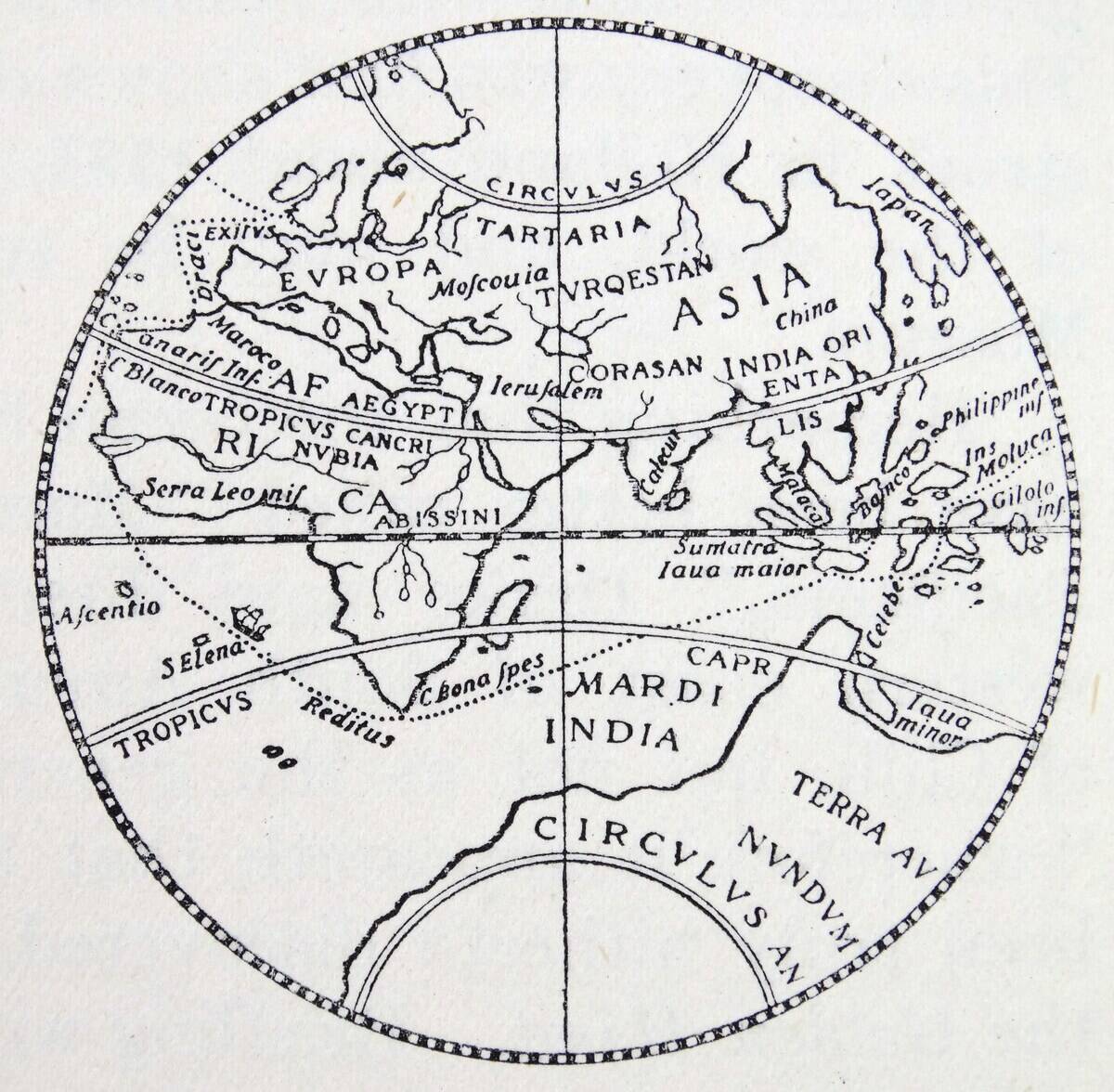
The spice routes were the lifelines of ancient trade networks, connecting the East and West. These intricate pathways allowed spices to travel from their native lands to far-off places. The Silk Road, for instance, was a key route that facilitated the exchange of spices, silk, and other goods. Traders braved treacherous terrains and unpredictable weather to bring these coveted treasures to eager markets.
The Role of Spices in Ancient Civilizations
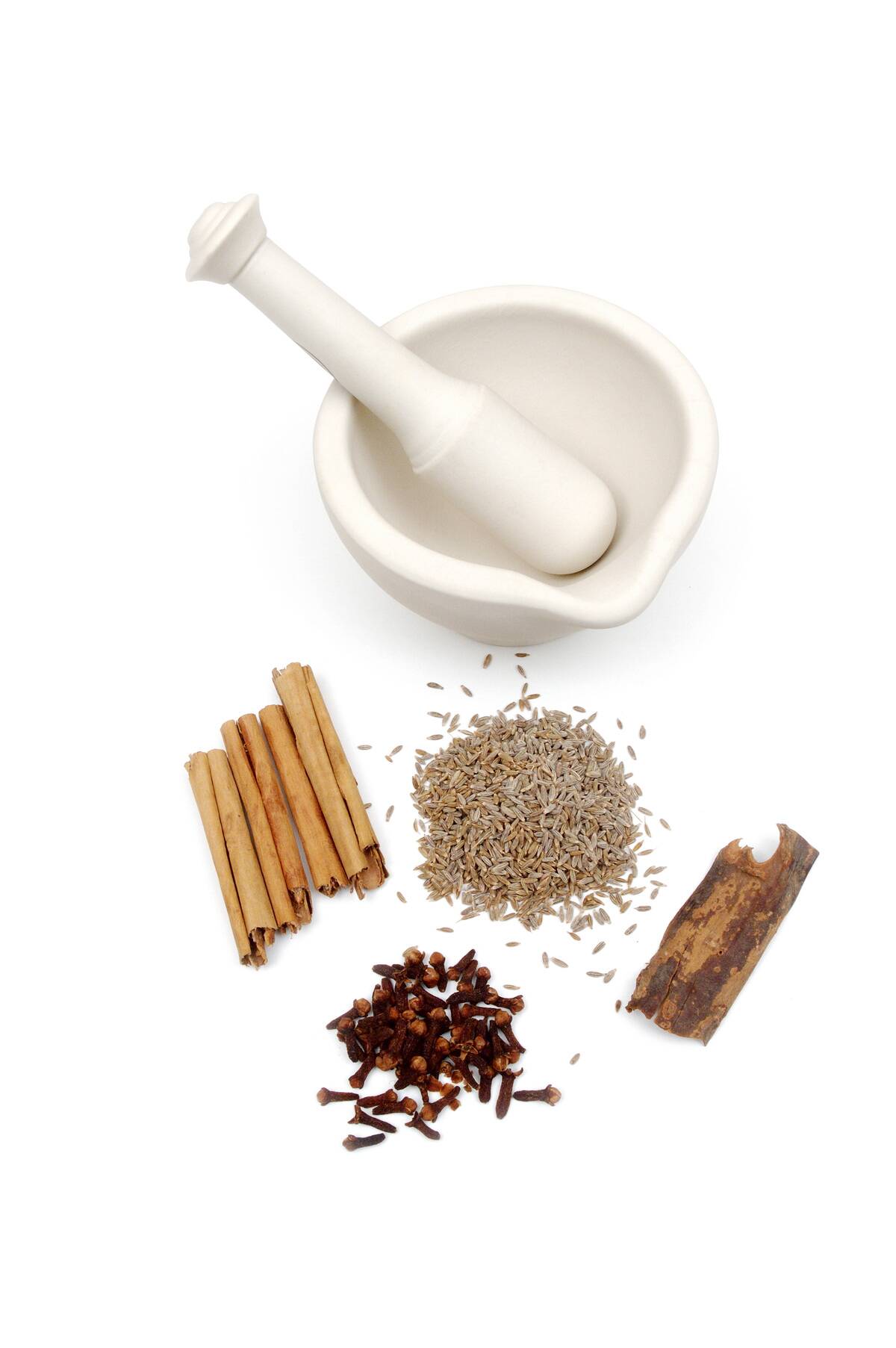
In ancient civilizations, spices were more than just culinary enhancements; they were symbols of wealth and power. In India, spices like turmeric and cardamom were integral to religious rituals and Ayurvedic medicine. Meanwhile, in Greece and Rome, spices such as pepper were used to demonstrate one’s social standing. The allure of spices often drove the expansion of empires and the establishment of trade relations.
Spices and the Silk Road: An Aromatic Connection

The Silk Road was not just a conduit for silk but also an aromatic connection for spices. This ancient trade route stretched from China to the Mediterranean, facilitating the exchange of cinnamon, cloves, and nutmeg. The demand for these spices in Europe led to the flourishing of city-states and the rise of powerful trading hubs. The Silk Road helped to blend cultures, ideas, and of course, flavors.
The Spice Trade in the Roman Empire

The Roman Empire’s affinity for spices knew no bounds. Romans imported large quantities of pepper from India, considering it a valuable commodity. Roman cooks used spices like cumin and coriander to season their elaborate feasts. The trade in spices was so lucrative that it contributed significantly to the empire’s wealth, and pepper even became a form of currency, with sacks of it being used to pay ransoms and taxes.
The Middle Ages: Spice as a Luxurious Commodity
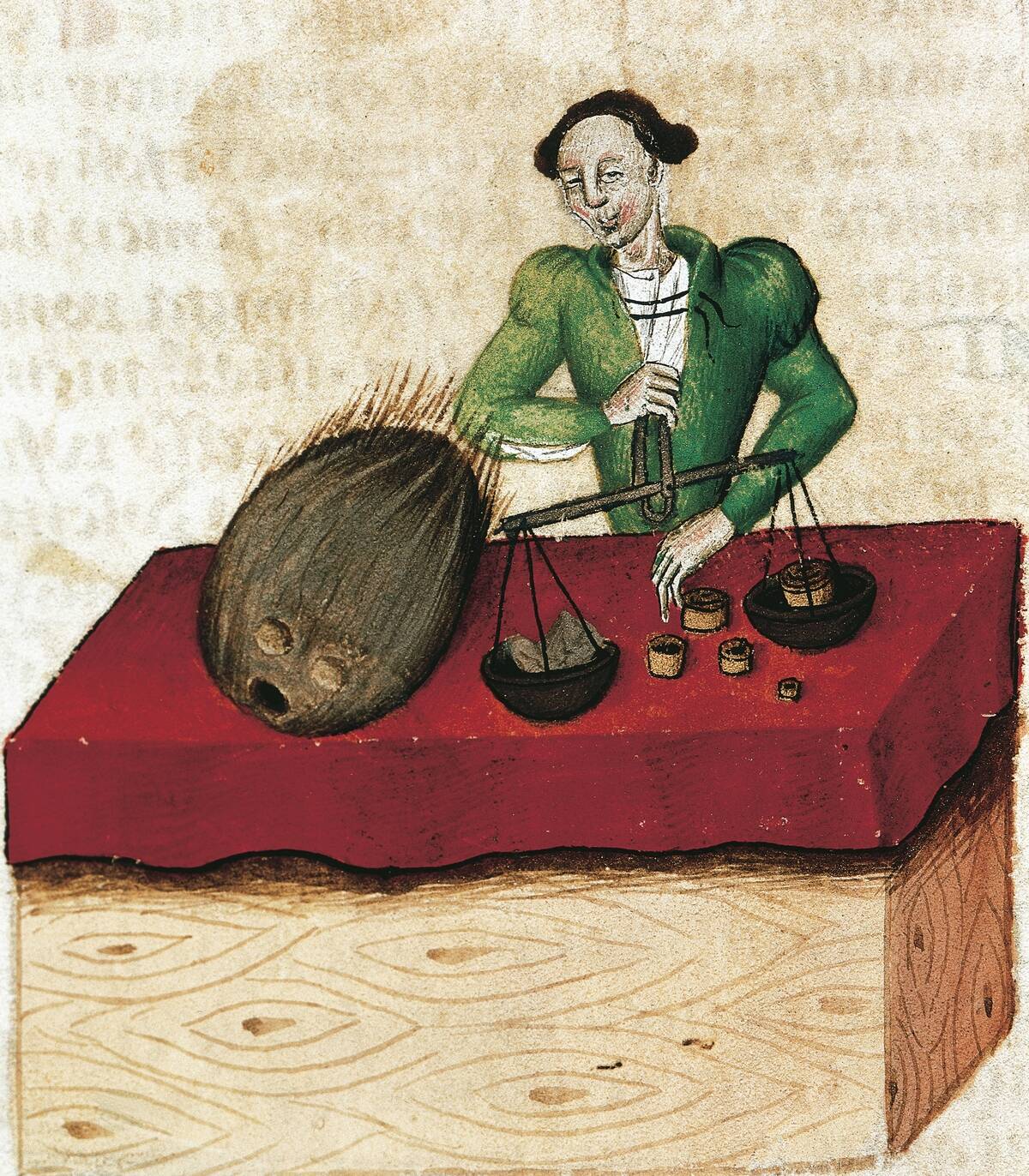
During the Middle Ages, spices were a luxurious commodity, often reserved for the elite. The high cost of spices like saffron and cloves was due to their scarcity and the arduous journey required to transport them to Europe. These precious spices became symbols of status and were often used in grand banquets to impress guests. The medieval spice trade laid the groundwork for future exploration and the eventual European quest for direct spice routes.
Venetian Control: The Spice Monopoly
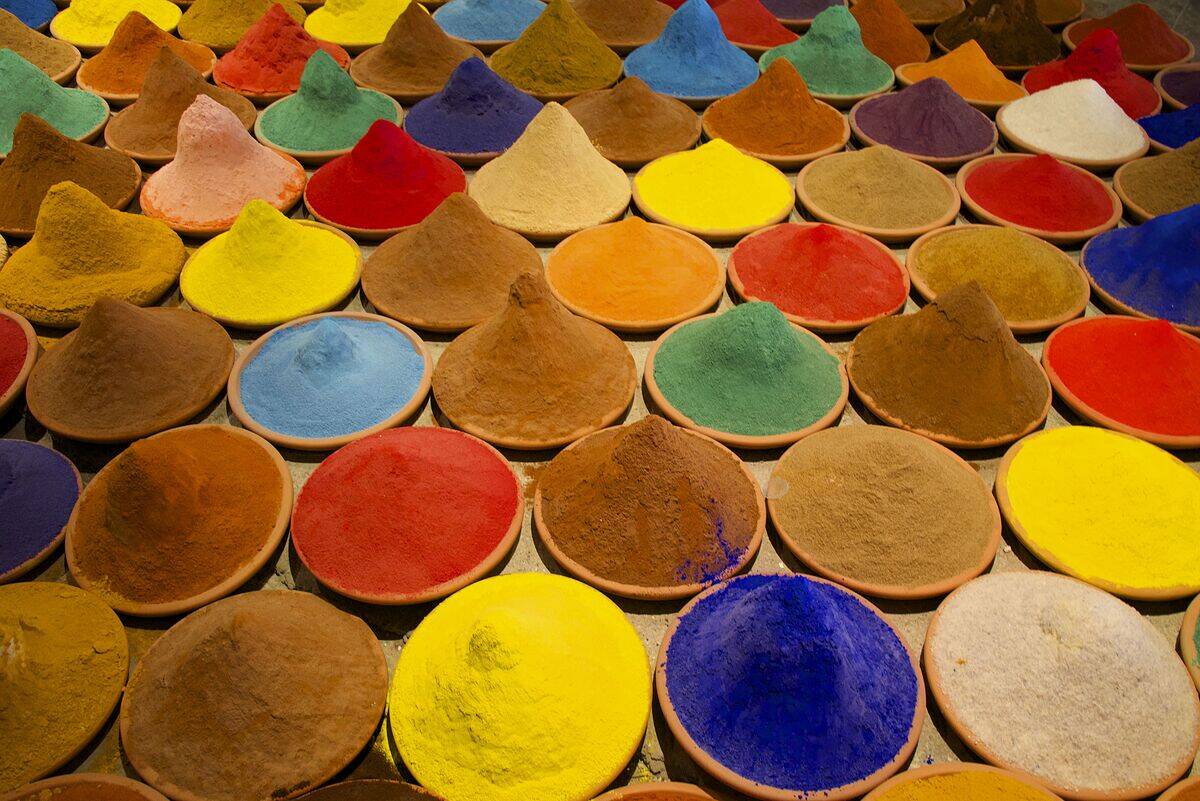
Venice emerged as a dominant power in the spice trade during the 13th and 14th centuries. Venetian merchants established a monopoly by controlling the spice routes from the Middle East to Europe. They imported spices like pepper, ginger, and saffron from the East and sold them at exorbitant prices. This monopoly made Venice one of the wealthiest cities in Europe and fueled competition among other European powers to find alternative routes.
The Age of Exploration: A Quest for Flavor
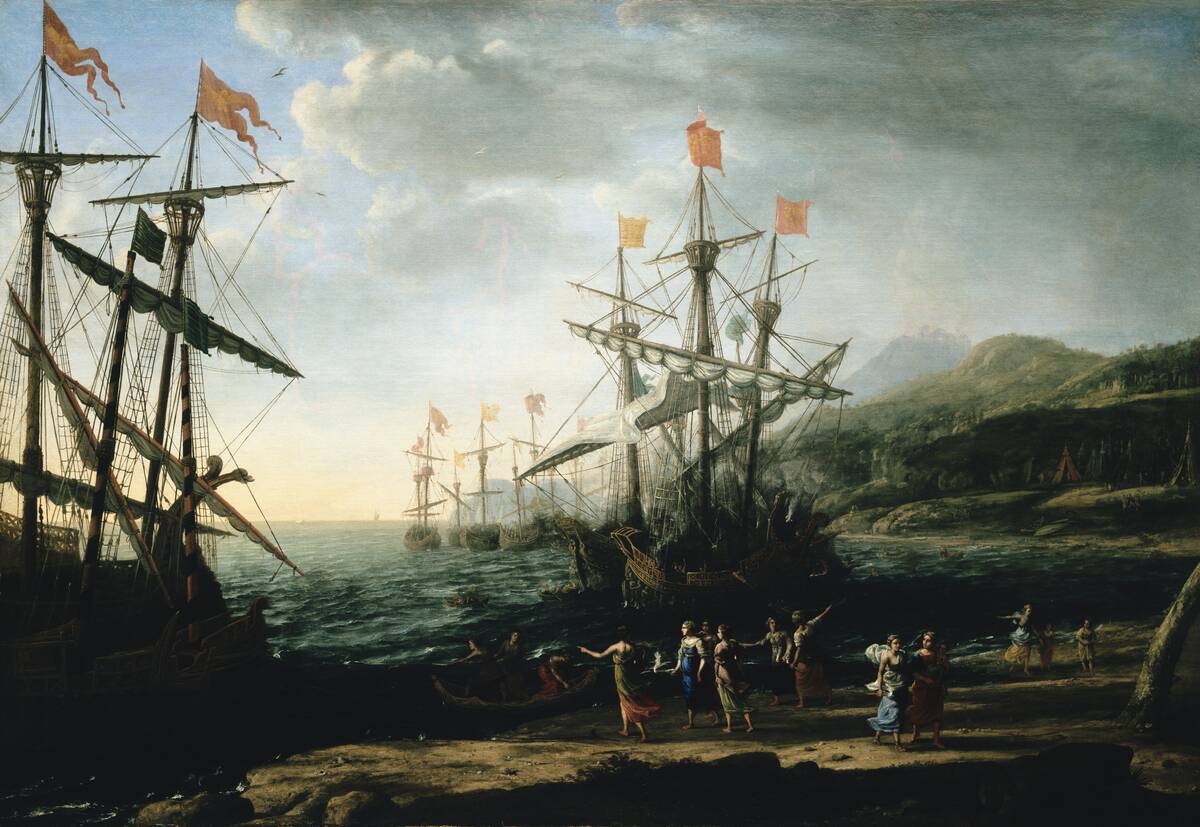
The Age of Exploration was driven by the quest for flavor and the desire to break Venice’s spice monopoly. Explorers like Christopher Columbus and Vasco da Gama set sail in search of new trade routes to the spice-rich lands of Asia. These voyages led to the discovery of the Americas and the opening of sea routes to India, forever changing the course of history and expanding the global spice trade.
The Portuguese Spice Empire
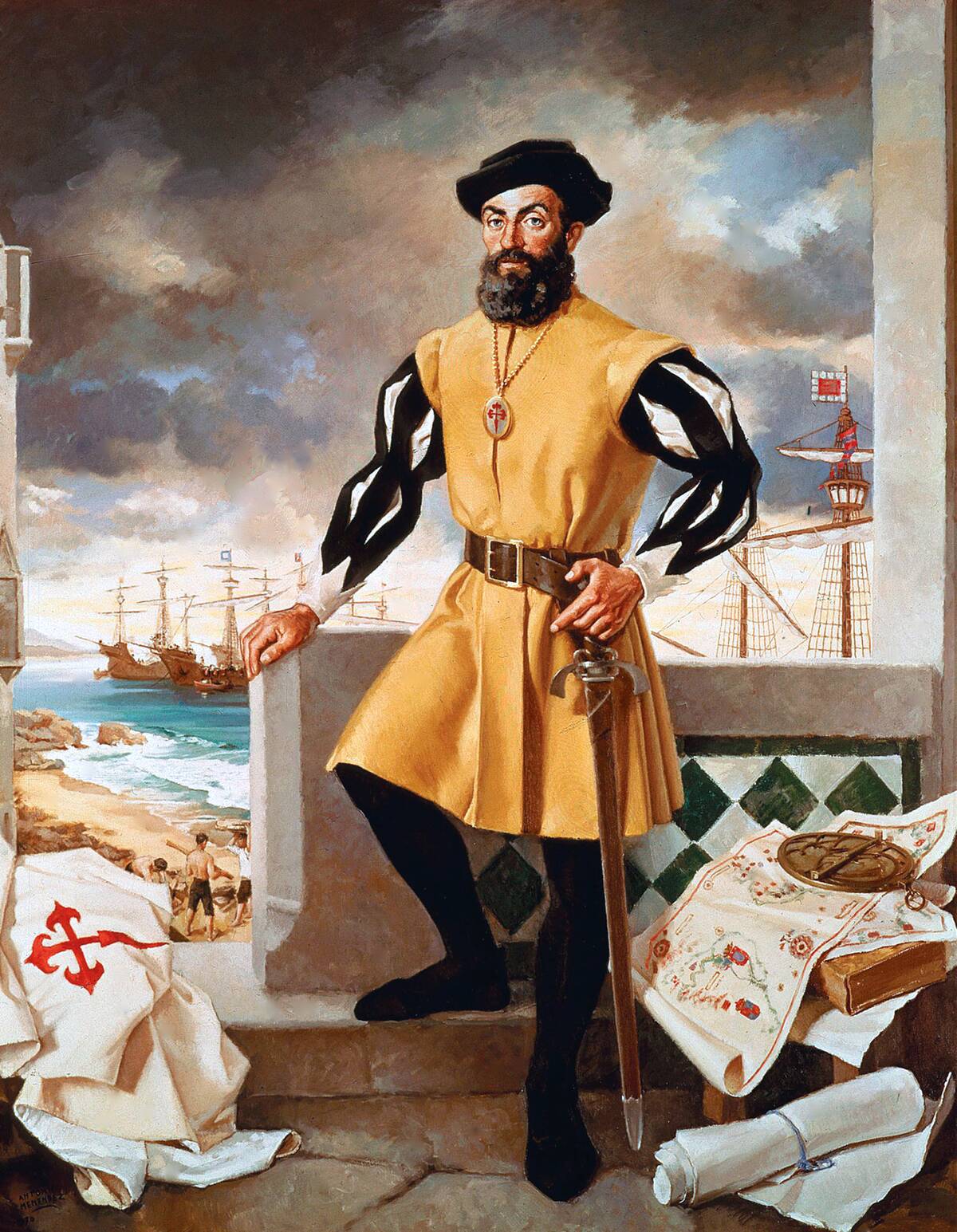
The Portuguese were pioneers in establishing a spice empire during the 16th century. By navigating around Africa’s Cape of Good Hope, they established a direct sea route to India, bypassing the overland routes controlled by the Venetians. Spices like cinnamon, pepper, and nutmeg flowed into Lisbon, making Portugal a key player in the spice trade. This monopoly allowed them to dominate the European market for decades.
Dutch Dominance: The Spice Islands and Beyond
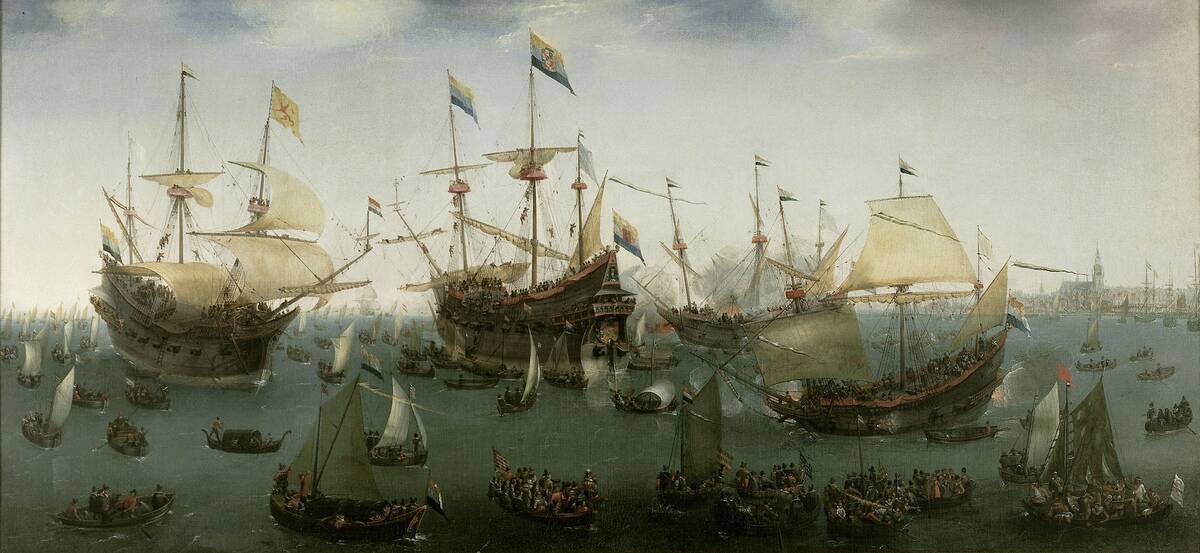
The Dutch East India Company, founded in 1602, marked the beginning of Dutch dominance in the spice trade. They focused on the Spice Islands, present-day Indonesia, known for nutmeg, cloves, and mace. By establishing control over these islands, the Dutch monopolized the spice market and became one of the wealthiest trading powers. Their influence extended beyond spices, contributing to the Dutch Golden Age.
The British Influence on the Global Spice Trade
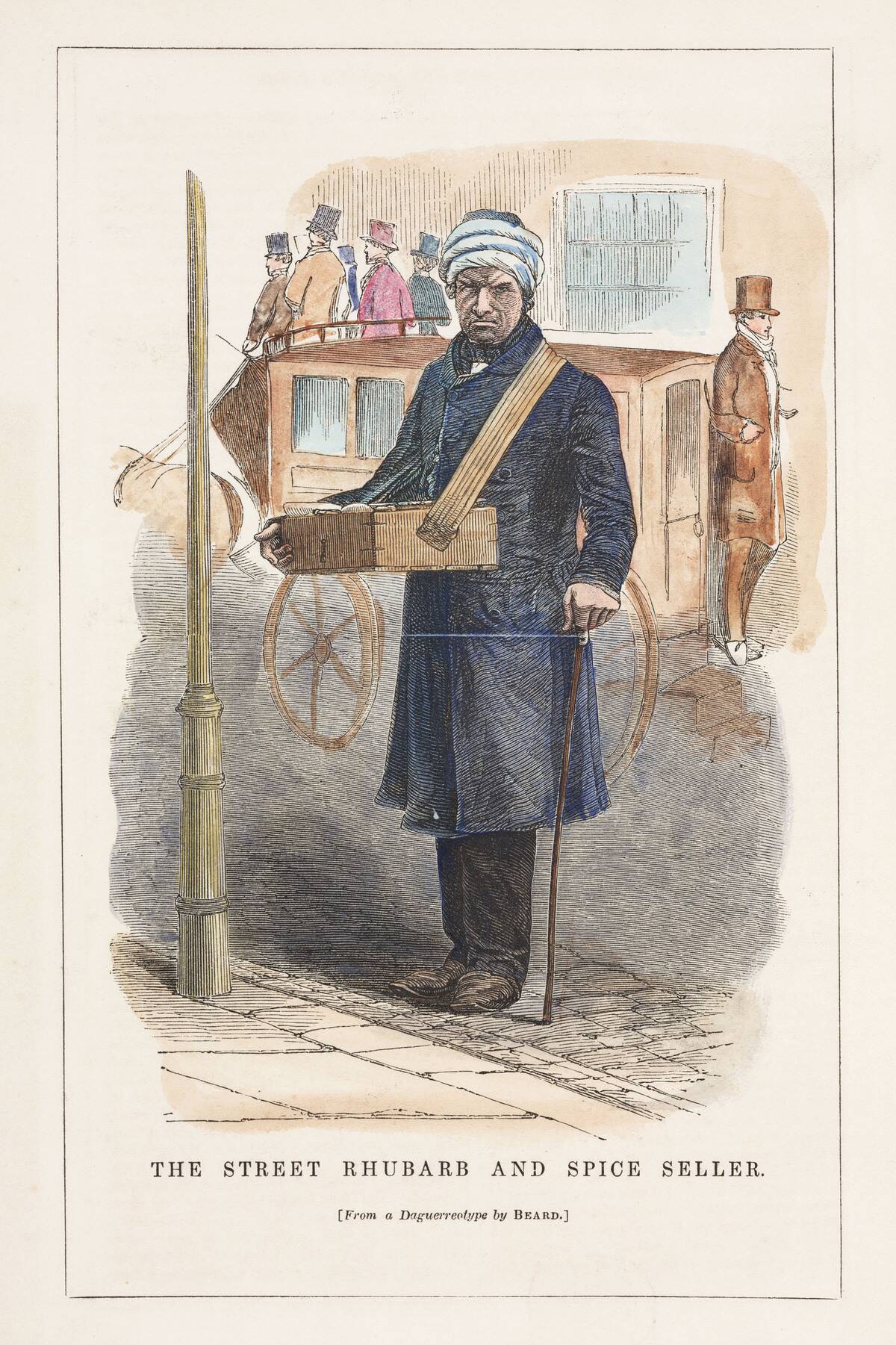
The British East India Company played a significant role in the global spice trade during the 17th and 18th centuries. By establishing trading posts in India and other parts of Asia, the British gained access to valuable spices like black pepper and cardamom. Their influence reshaped global trade patterns and laid the foundation for the British Empire’s expansion. The spice trade was instrumental in making Britain a global superpower.
Spices and the Columbian Exchange
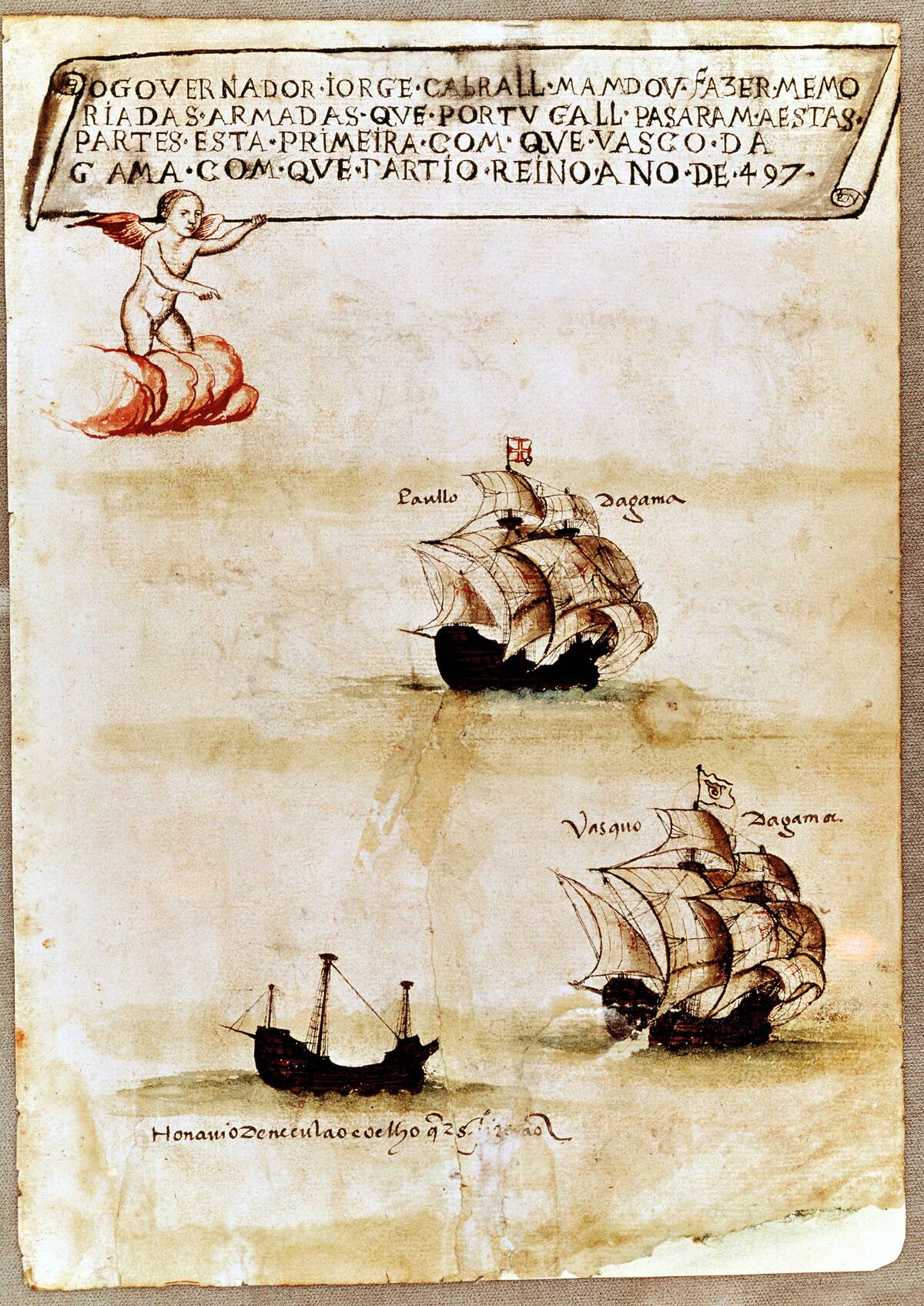
The Columbian Exchange, which followed Columbus’s voyages, was a transformative period for global trade. Spices were among the many goods exchanged between the Old and New Worlds. While Europe received new products like chili peppers and vanilla, the Americas were introduced to Old World spices such as cinnamon and black pepper. This exchange enriched global cuisines and led to the blending of culinary traditions.
Revolutionizing Cuisine: The Impact of the Spice Trade
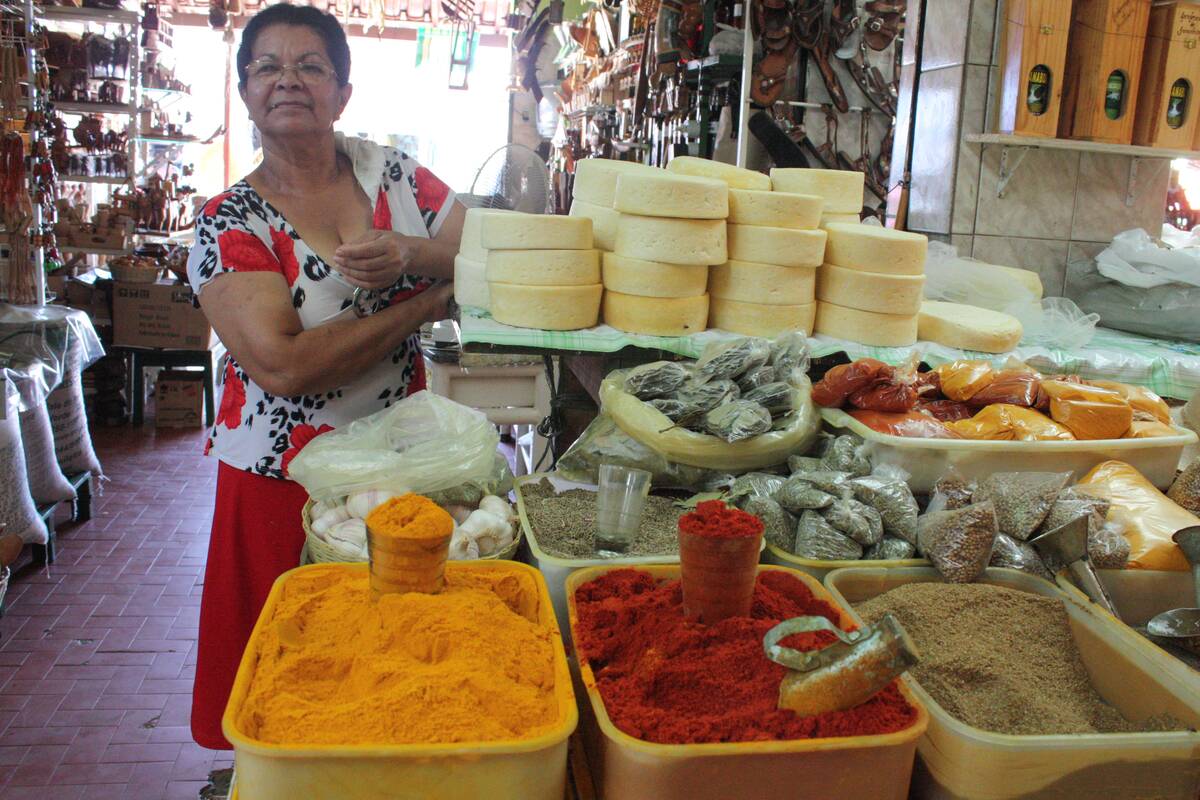
The spice trade revolutionized cuisine by introducing new flavors and cooking techniques across continents. European dishes were transformed with the addition of spices like nutmeg and cloves, while Asian cuisines incorporated New World ingredients such as chili peppers. Spices also played a role in preserving food, making them essential in pre-refrigeration times. The culinary diversity we enjoy today owes much to the historical spice trade.
The Modern Spice Trade: Globalization and Its Flavors
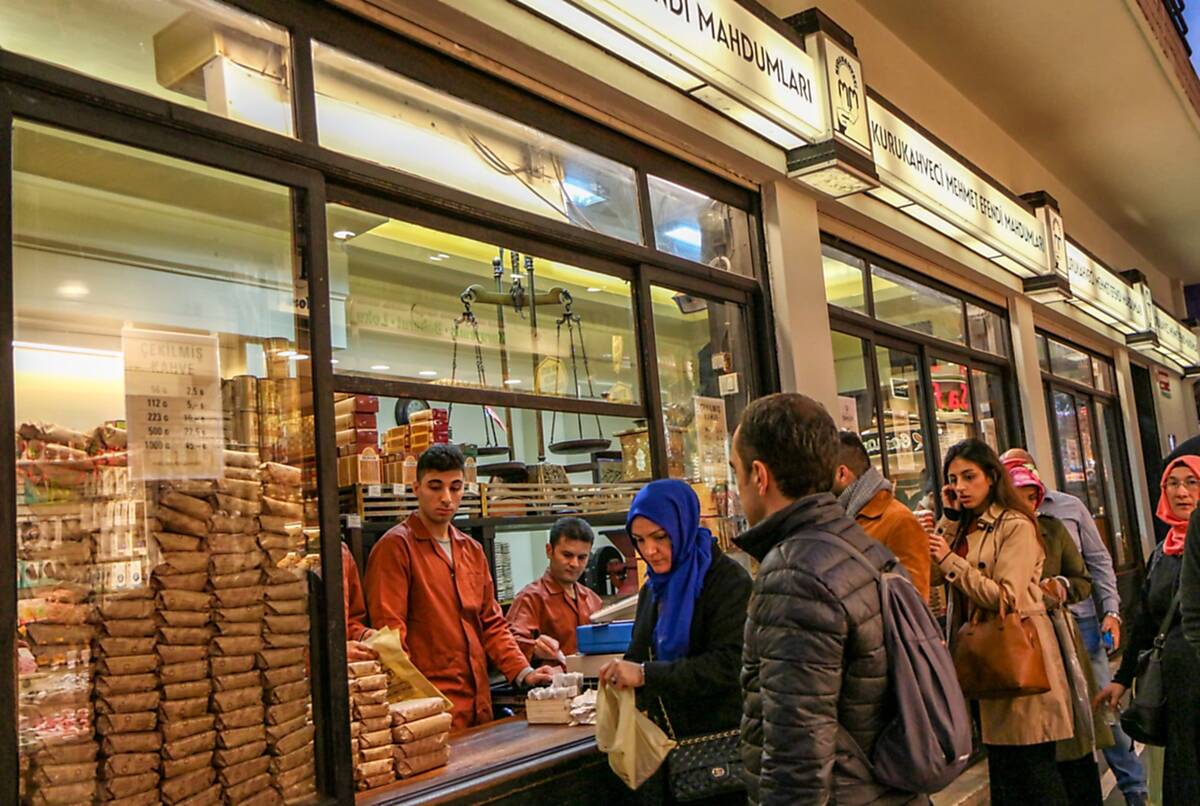
In today’s globalized world, the spice trade continues to thrive, with spices sourced from all corners of the globe. Advances in transportation and communication have made it easier than ever to access a wide variety of spices. Countries like India, Vietnam, and Indonesia are leading producers, supplying spices to international markets. The modern spice trade not only fuels the global economy but also enriches our culinary experiences with diverse flavors.
Cultural Influence: How Spices Shaped Societies
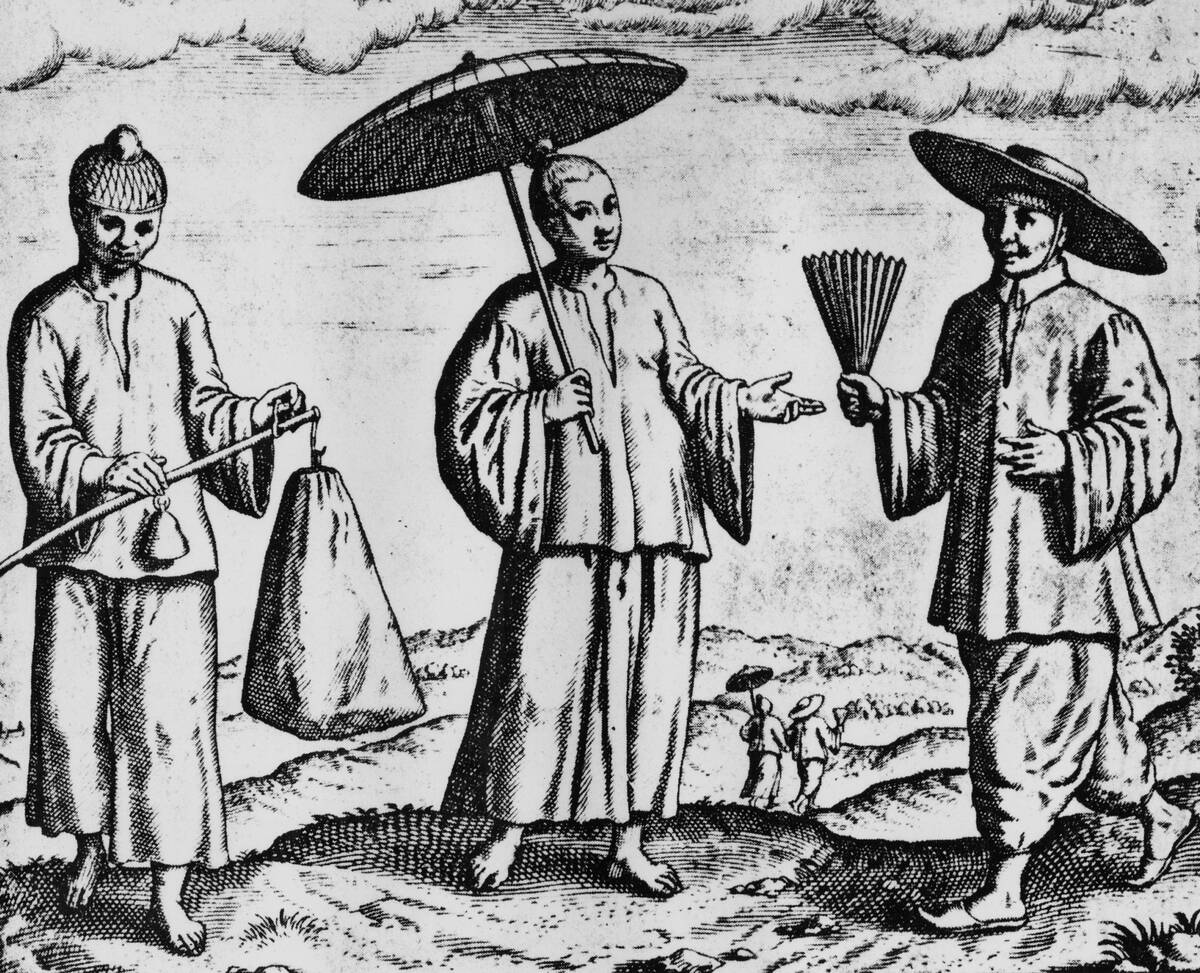
Spices have had a profound cultural influence, shaping societies and traditions across the world. In India, spice blends like garam masala are integral to both daily meals and festive occasions. In the Middle East, spices like sumac and za’atar are central to regional cuisines. Spices have also played a role in cultural exchanges, bringing people together through shared culinary experiences and fostering a deeper understanding of diverse cultures.
The Economics of Spice: From Gold Dust to Everyday Staple
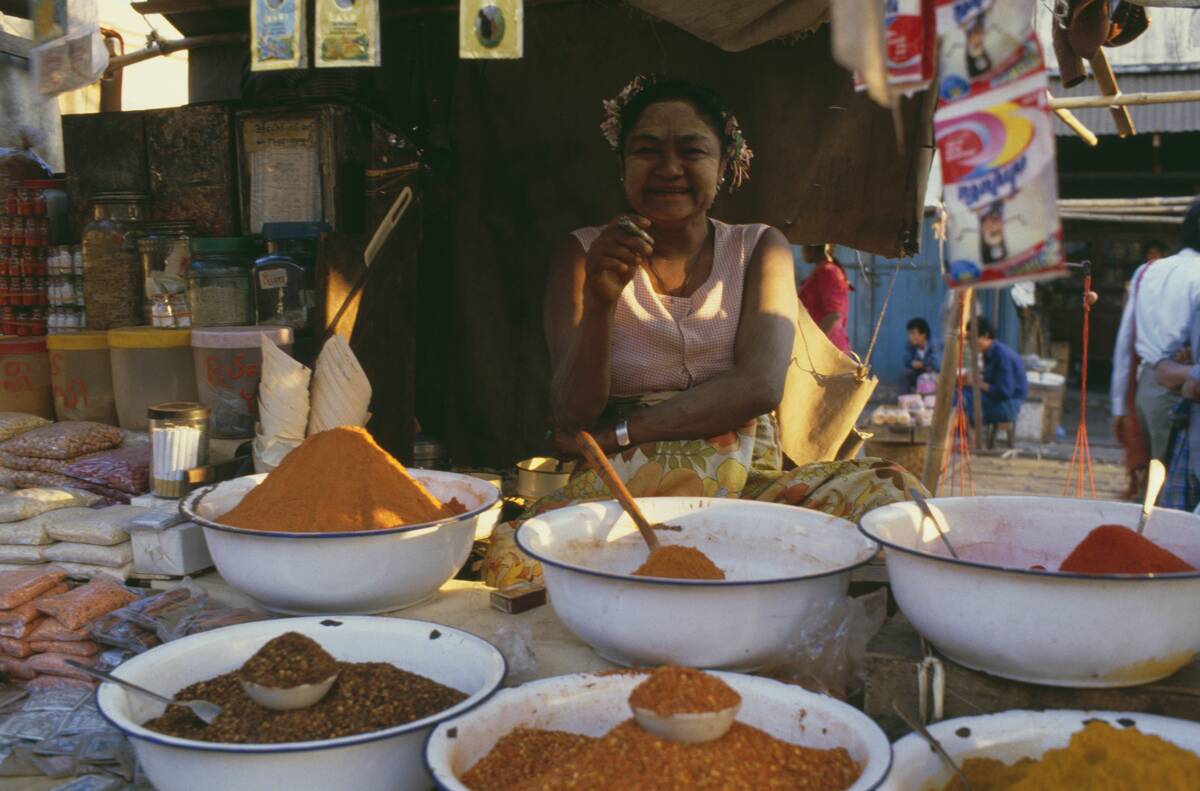
Once worth their weight in gold, spices have transitioned from luxury items to everyday staples. This shift in economics was driven by increased production and accessibility. Today, spices like black pepper and turmeric are affordable and widely available, yet they still hold significant economic value. The global spice market is projected to continue growing, highlighting the enduring importance of these aromatic treasures in our daily lives.
Spices and Medicine: Ancient Remedies and Modern Science

Spices have been used in medicine for centuries, with ancient cultures recognizing their healing properties. Turmeric, for example, was used in Ayurvedic medicine for its anti-inflammatory benefits. Modern science has validated many of these traditional uses, with studies showing that spices like ginger and cinnamon have health-promoting properties. As interest in natural remedies grows, the medicinal potential of spices continues to be explored and appreciated.
Culinary Traditions: A World of Spice
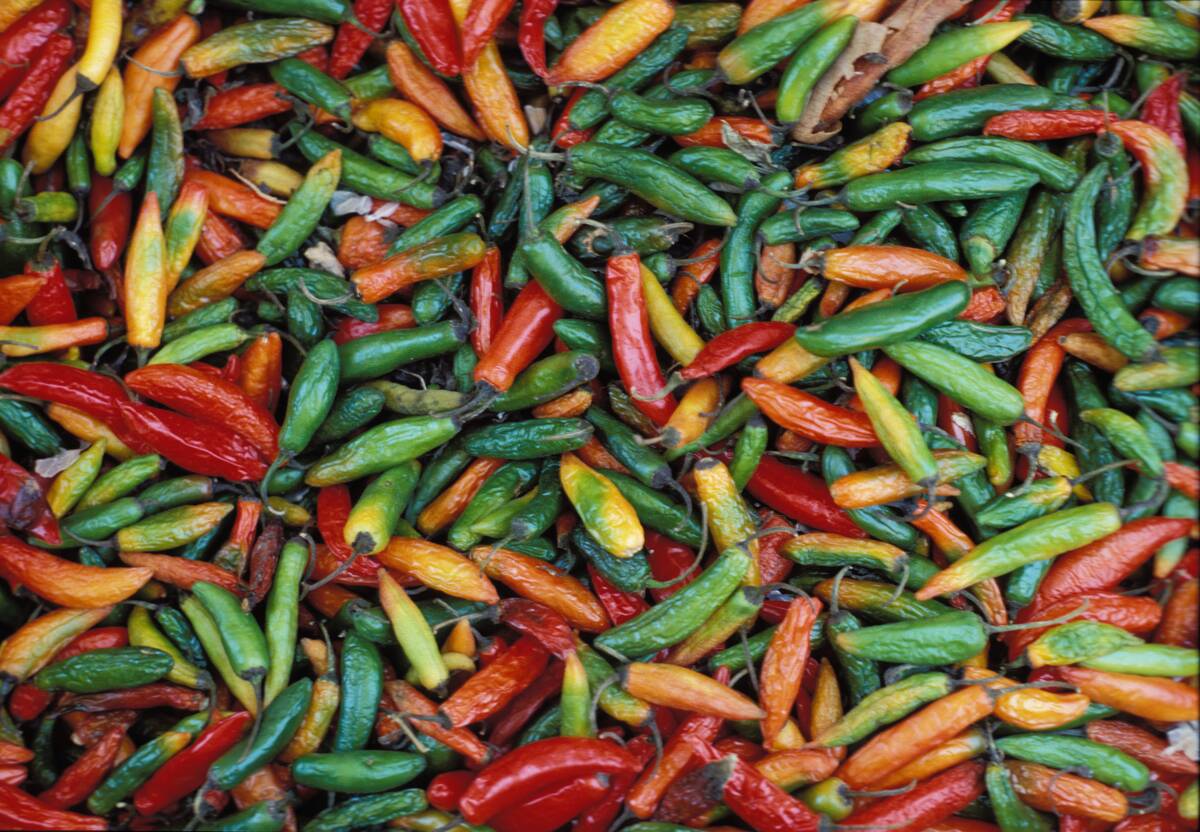
Culinary traditions around the world are rich with spices, each culture offering its unique blend of flavors. In Mexico, the use of chili peppers is a hallmark of traditional dishes like mole. In Thailand, the balance of sweet, sour, salty, and spicy flavors is achieved through the use of lemongrass, galangal, and kaffir lime leaves. These diverse culinary traditions showcase the versatility of spices and their ability to elevate any dish.
Sustainable Spicing: The Future of the Spice Trade
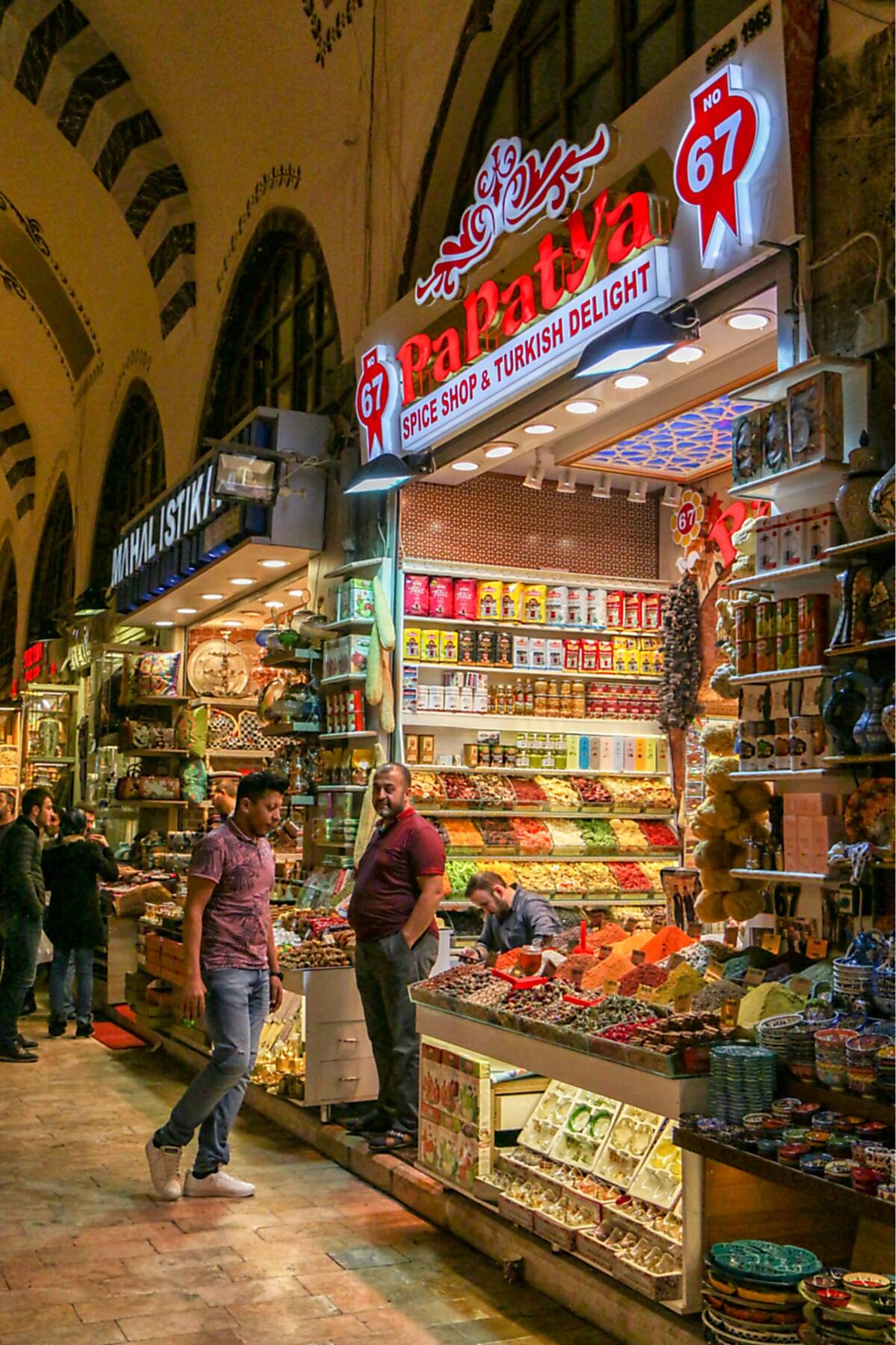
As demand for spices grows, sustainable practices in spice farming and trade are becoming increasingly important. Initiatives aimed at supporting smallholder farmers and promoting fair trade are gaining momentum. Sustainable spicing ensures that future generations can continue to enjoy the rich flavors of the world without depleting natural resources. Consumers are also becoming more conscious of the environmental impact of their spice choices, driving a shift towards ethical sourcing.



